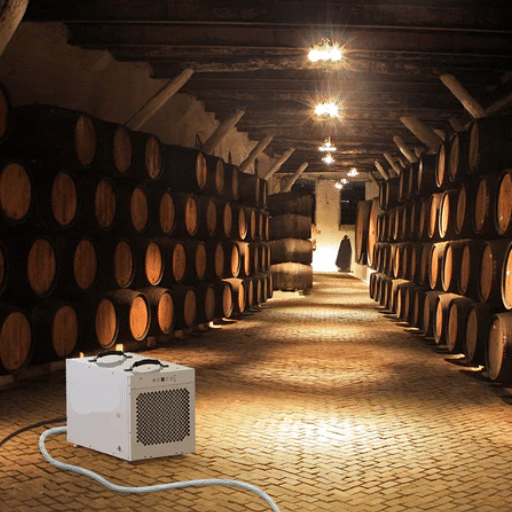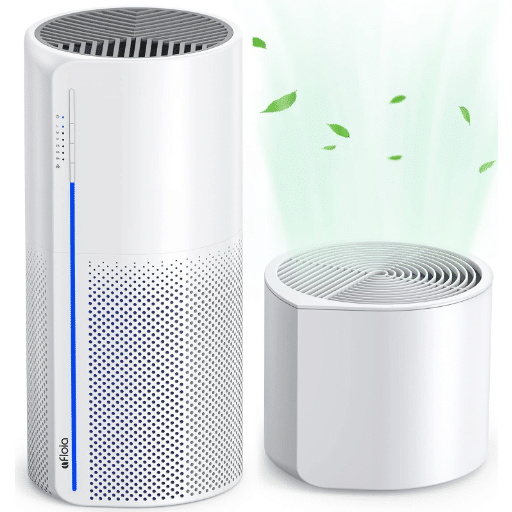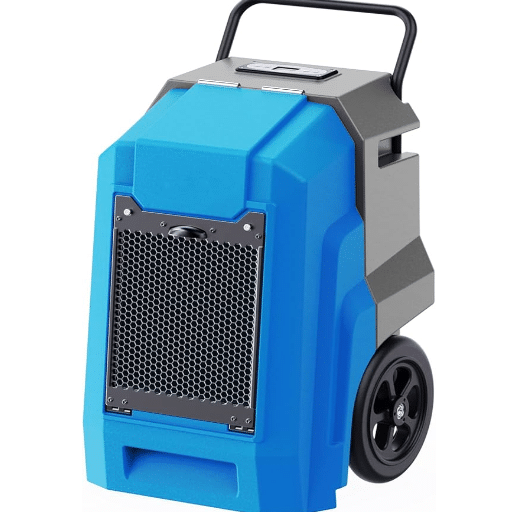Quick Summary: Managing allergies requires controlling indoor humidity levels. While too much humidity promotes mold and dust mites, overly dry air irritates sinuses and respiratory systems. This comprehensive guide will help you choose between dehumidifiers and humidifiers to create the optimal environment for allergy relief.
Understanding the Basics: Humidifiers vs Dehumidifiers
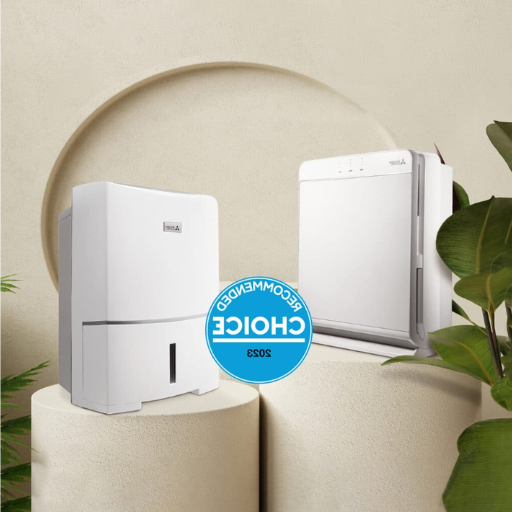
| Feature | Humidifier | Dehumidifier |
|---|---|---|
| Function | Adds moisture to the air | Removes excess moisture from the air |
| Best Used When | Air is too dry (below 30% humidity) | Air is too humid (above 50% humidity) |
| Peak Usage Season | Winter months | Summer months |
| Allergy Benefits | Prevents allergens from becoming airborne | Reduces mold growth and dust mites |
What is a Humidifier?
A humidifier is designed to increase moisture content in the air by releasing water vapor or steam. This device is particularly valuable when:
- Indoor air becomes excessively dry
- Heating systems reduce indoor humidity during winter
- You experience dry skin, sinuses, or throat irritation
- Wood furniture or floors are at risk of cracking
Common Types of Humidifiers:
- Ultrasonic humidifiers
- Evaporative humidifiers
- Steam vaporizers
- Impeller humidifiers
What is a Dehumidifier?
A dehumidifier removes excess moisture from the air to maintain comfortable and healthy humidity levels. Modern dehumidifiers often include:
- Digital humidistats for precise control
- Energy-efficient settings
- Smart connectivity features
- Automatic drainage systems
How Humidity Levels Impact Allergy Symptoms
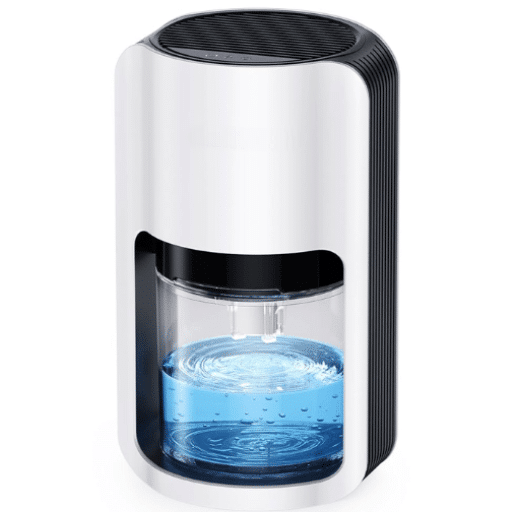
Optimal Humidity Range: 30-50%
Maintaining indoor humidity between 30-50% creates an environment that minimizes both dry air irritation and allergen growth.
High Humidity Problems (Above 50%)
Excessive humidity creates ideal breeding conditions for:
- Mold and mildew: Thrive in damp environments, especially in basements, bathrooms, and kitchens
- Dust mites: Multiply rapidly in humid conditions above 50-60%
- Bacteria: Flourish in moist environments
Low Humidity Problems (Below 30%)
Insufficient humidity can cause:
- Dried nasal passages, making you more susceptible to irritants
- Increased respiratory discomfort
- Airborne allergens become more easily dispersed
- Skin and throat irritation
When to Choose Each Device
Use a Humidifier for Allergy Relief When:
- Indoor humidity falls below 30%
- You experience dry sinuses, itchy skin, or throat irritation
- Winter heating systems have dried out your indoor air
- You live in a naturally dry climate
- Respiratory symptoms worsen in dry conditions
Important: Monitor humidity levels with a hygrometer to avoid over-humidification, which can create conditions for mold and dust mite growth.
Use a Dehumidifier for Allergy Relief When:
- Indoor humidity exceeds 50%
- You notice condensation on windows
- There’s a musty odor in your home
- You see visible mold patches
- You live in a humid climate or during humid seasons
- Basement or bathroom areas feel damp
Enhancing Allergy Relief: Additional Air Quality Tools
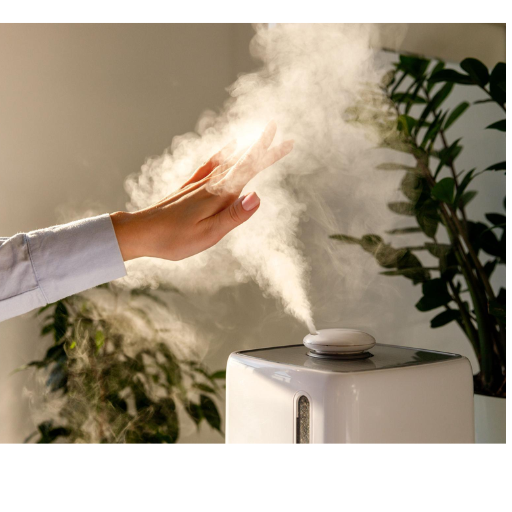
Air Purifiers: The Perfect Complement
HEPA air purifiers can capture 99.97% of particles as small as 0.3 microns, including:
- Pollen
- Dust mite particles
- Pet dander
- Mold spores
Combining Devices for Maximum Effectiveness
| Device Combination | Benefits | Best For |
|---|---|---|
| Dehumidifier + Air Purifier | Controls moisture and filters airborne particles | High humidity areas with allergen concerns |
| Humidifier + Air Purifier | Adds moisture while filtering dry air particles | Dry climates with dust and pollen issues |
| Air Conditioner + Quality Filters | Regulates temperature, humidity, and air quality | Comprehensive climate and air quality control |
Best Practices for Allergy Management
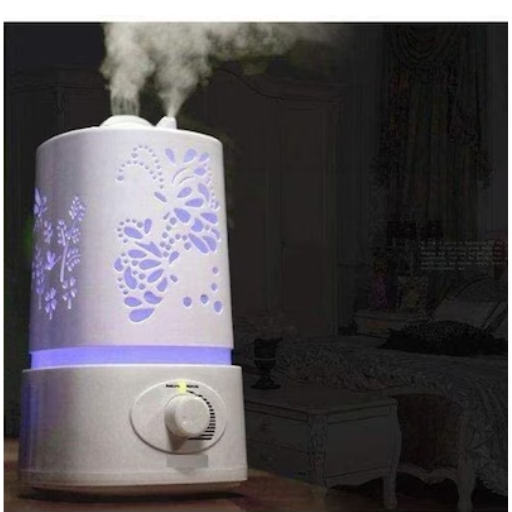
- Monitor humidity levels: Use a hygrometer to track indoor humidity
- Regular maintenance: Clean and replace filters as recommended
- Proper sizing: Choose devices appropriate for your room size
- Strategic placement: Position devices in areas with highest moisture or allergen levels
- Seasonal adjustments: Switch between humidifiers and dehumidifiers as needed
References
-
Air Filters, Dehumidifiers, and Humidifiers – University of Rochester Medical Center – Discusses the importance of dehumidifiers and humidifiers for households with allergies or asthma.
-
The Role of Humidifiers and Dehumidifiers in Your HVAC Setup – Florida Education Institute – Explains the functions and applications of humidifiers and dehumidifiers in managing indoor air quality.
-
Unlock Healthy Home: Mastering Indoor Humidity Control – Fresno State Library – Provides insights into selecting and using humidifiers or dehumidifiers for optimal indoor humidity control.
Frequently Asked Questions (FAQ)
How can a dehumidifier assist with allergy symptoms?
Dehumidifiers can help reduce allergy symptoms by removing excess moisture present in the air. On the contrary, mold and dust mites-the most common allergens-can thrive in high humidity levels. Therefore, in keeping a low humidity level within the house, allergy symptoms will also ease and promote better health in the environment.
What is the difference between a humidifier and a dehumidifier for asthma and allergies?
A humidifier will add moisture to the air and help fight the dry air symptoms, especially in winter when the air is too dry. A dehumidifier, in contrast, removes moisture from the air to keep mold from growing and dust mites from multiplying, both of which can cause asthma and allergy attacks. The choice between these depends on the need for moisture or dryness in your home.
How do I know if I need a humidifier or a dehumidifier?
If the air in your home is extremely moist or if you even notice mold, you are in need of a dehumidifier to draw the moisture away. Conversely, if the air is dry, that would irritate your respiratory system, and you need a humidifier to give it back some moisture and heat.
Can environmental allergies be mitigated by using a humidifier?
Yes, use of a humidifier can mitigate environmental allergies by adding moisture into the dry air, potentially alleviating allergy symptoms. It is, however, important that one should check the humidity level within the house since high humidity leads to mold growth, further exacerbating the allergies. If appropriately managed, a humidifier maintains the air balanced.
What types of humidifier are ideal for allergy sufferers?
There are many types of humidifiers, such as cool mist, warm mist, and ultrasonic. Cool mist humidifiers are usually preferred for allergy sufferers as they help to add moisture to the air while not increasing temperature, which can be beneficial during allergy season.
What does an air purifier do to help alleviate allergy issues?
An air purifier may diminish allergy symptoms by filtering airborne particles, including pollen, dust, and pet dander. HEPA filters are especially adept at capturing these allergens, thereby enhancing air quality within the domestic confines of any individual suffering from asthma or allergies.
What is the proper humidity level to prevent mold growth?
The ideal relative humidity to prevent mold growth is between 30% and 50%. This range keeps moisture from the air at bay, which is a very important factor when trying to reduce the chances of mold and dust mites growing in your house.
Can a humidifier cause more harm than good?
Yes. If a humidifier is left on for very long periods, it can put in the air too much moisture, creating a suitable environment for mold and dust mites. It is very important to keep track of the home humidity level and to use the humidifier only when it is below the optimum level.
Are dehumidifiers an effective means of reducing dust mites?
Dehumidifiers do work to reduce dust mite populations through the reduction of humidity levels around your home. Dust mites thrive in humid conditions, so reducing moisture in the air profits greatly in starving these pests, and therefore easing allergy symptoms for dust-sensitive persons.

